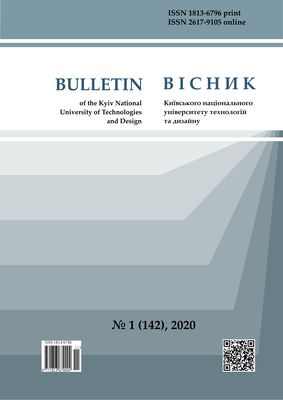METHOD OF DEVELOPMENT OF HETEROSKEDASTIC PROCESSES MODELS
DOI:
https://doi.org/10.30857/1813-6796.2020.1.2Keywords:
time series, heteroscedastic process, volatility, model construction, adequacy criteria, autocorrelation function, partial autocorrelation functionAbstract
The aim of the study is to improve the method of construction of heteroscedastic models of time series, which is based on the use of correlation analysis of data and multitude of statistical characteristics of the model. Methodology is based on the principles of systematic data analysis in application to the estimation of structure and parameters of models using statistical data. For modelling of heteroscedastic time series models need to solve the following tasks: to apply system analysis principles to formulate the modeling methodology, to ensure proper modeling data preparation, to evaluate the structure and parameters of the models, and to form a criterion base for the correct selection of the best candidate models from the set of candidates evaluated. The technique of constructing models of heteroskedastic processes is improved, which ensures obtaining adequate models of the dynamics of dispersion with the presence of informative data. An example of constructing an adequate model of the dispersion dynamics of the heteroscedastic process is given. Computational experiments aimed at modeling the conditional dispersion dynamics are performed. The efficiency of the proposed technique for modeling non-stationary variance processes is illustrated. The obtained characteristics of the constructed GARCH - models indicate that they can be used to predict conditional variance in practice. The possibility of applying a systematic approach to the construction of heteroskedastic time series models is shown, and the sequence of operations is performed when constructing models of this type. A new model of the studied financial process has been constructed to provide high quality short-term volatility forecast. The proposed methodology ensures the construction of models of acceptable adequacy, provided the completeness and informativeness of the statistics presented in time series.

